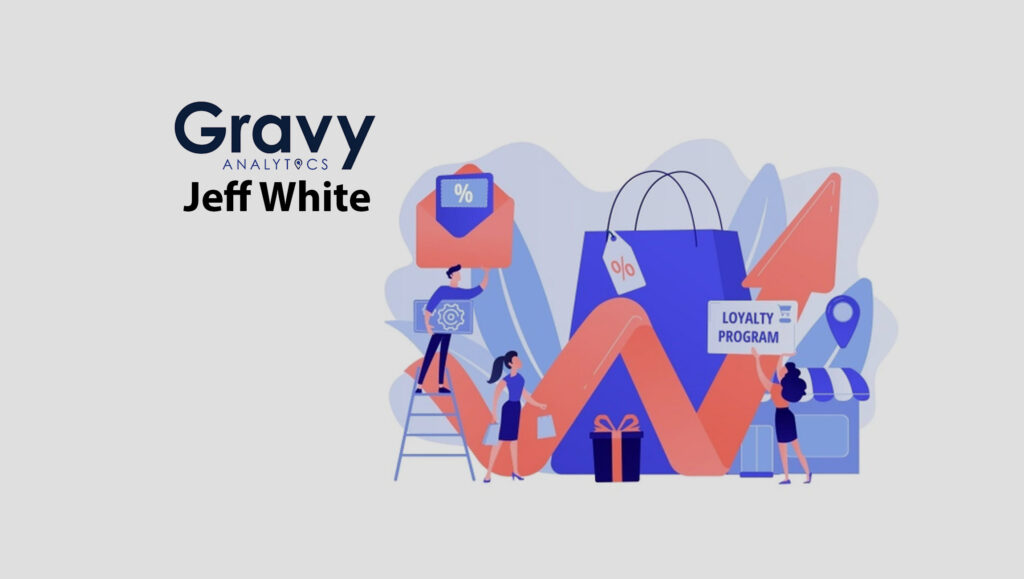Brand loyalty has been impacted by the pandemic in many ways as consumer behavior shifted, begging the question: are consumers still loyal to brands?
A report by McKinsey found that 75% of U.S. consumers have established a new shopping behavior in response to the pandemic because of economic pressures, store closings, and shifting priorities. As a result, brand loyalty has been affected with 36% of consumers trying a new product brand. Of those who have tried different brands, 73% intend to continue to incorporate the new brands into their routine.
To best understand the impact of the pandemic on brand loyalty and how retailers can drive loyalty moving forward, it’s important to review consumer behavior trends. In particular, real-world data like location intelligence can help a company to understand the latest consumer trends over other methods like customer surveys, which can quickly lose relevance. An approach that many companies are now taking, especially in light of the pandemic, is to connect and unify location intelligence data with other datasets in order for sales and other teams to achieve a 360-degree, holistic view of their customers.
Read More: SalesTechStar Interview With Jeremey Donovan, Head Of Revenue Strategy At Salesloft
So, how has retail customer loyalty changed throughout the pandemic and what does that mean for commercial businesses?
-
Discount shopping is resonating more with consumers
Discount shopping has increased throughout the pandemic as many consumers found themselves dealing with fluctuations in income. In fact, TransUnion data revealed that 30% of consumers reported their household income was negatively impacted by COVID-19. Having less income could mean the consumers are less likely to spend money at luxury stores compared to off-brand and discount retailers.
Gravy Analytics recently released a report that used location intelligence to analyze the behavior of visitors to specific chains between Q1-Q3 2019 and Q1-Q3 2021. This real-world data revealed how many customers returned within 30 days, and how that indicates brand loyalty changes since 2019. The report found over 35% of Marshalls visitors observed between January and September 2021 visited a Marshalls store again within the month, a 16.4% increase since 2019. Alternatively, Nordstrom Rack, part of the Nordstrom brand, an American luxury department store chain, had 10.2% fewer return visitors than in 2019.
Additional factors like inflation and a high unemployment rate could also be triggering consumers to place their loyalty with discount retailers as they have to be more mindful of their spending.
-
One-stop shopping soars in popularity
One-stop shopping thrived this year as consumers showed a preference for value and convenience over the hassle of multi-store shopping. This could be in part due to gas prices steadily rising since the steep drop in prices that took place at the beginning of the pandemic.
Gravy found that 86.3% of Walmart visitors observed between January and September 2021 visited a Walmart store again within a month, representing a 6.2% increase in return visitors over 2019. In addition, Target saw a 4% increase in return visitors over the same period. This data reflects the popularity of one-stop shopping this year.
Many retailers are taking note of this trend as well. For example, Target recently partnered with Ulta Beauty to create a “shop-in-shop” concept that allows Target’s customers to shop Ulta’s offering of prestige beauty brands at select Target locations in an effort to enhance Target’s one-stop shopping experience. Similarly, Kohl’s launched a partnership with Sephora to offer Kohl’s customers elevated beauty products in select stores as well.
-
Resurgence in local shopping
While online shopping still reigns supreme, consumers are showing an interest in getting out and shopping in-person again, and as consumers shop more mindfully, the amount of consumers choosing to shop local instead of at large retail chains is also rising.
Research conducted by Accenture found that 56% of consumers are shopping locally, showing a desire to help out their local community businesses. Deloitte research also revealed that three in five (61%) consumers say they are more likely to spend money at a business that is independent or local to their area, and 44% are more likely to spend money at a business that has supported local charities like food banks.
This renewed consumer interest in local businesses could be because of a new appreciation for frontline workers and small businesses as both were greatly affected by the initial impact of the pandemic. In addition, because of the many supply chain issues affecting product shipments, consumers who might have shopped at online retailers in the past may now be opting to shop at local businesses in order to get the items they need quickly and avoid potential shipping delays.
Conclusion
The retail industry has faced many challenges over the last year and a half, and it looks vastly different from before the start of the pandemic. Consumers today seem to heavily favor shopping at discount retailers and engaging in one-stop shopping, with many even looking to shop more locally than at large retailers. For businesses looking to drive customer loyalty, it will be crucial to continue investing in the values and preferences of their customers as they continue to evolve. Taking a data-led approach to understanding consumer behavior will help businesses and sales teams adapt and provide relevant offers, promotions, and more.
Read More: SalesTechStar Interview With Damon Miño, VP Of Sales At Ironclad





















